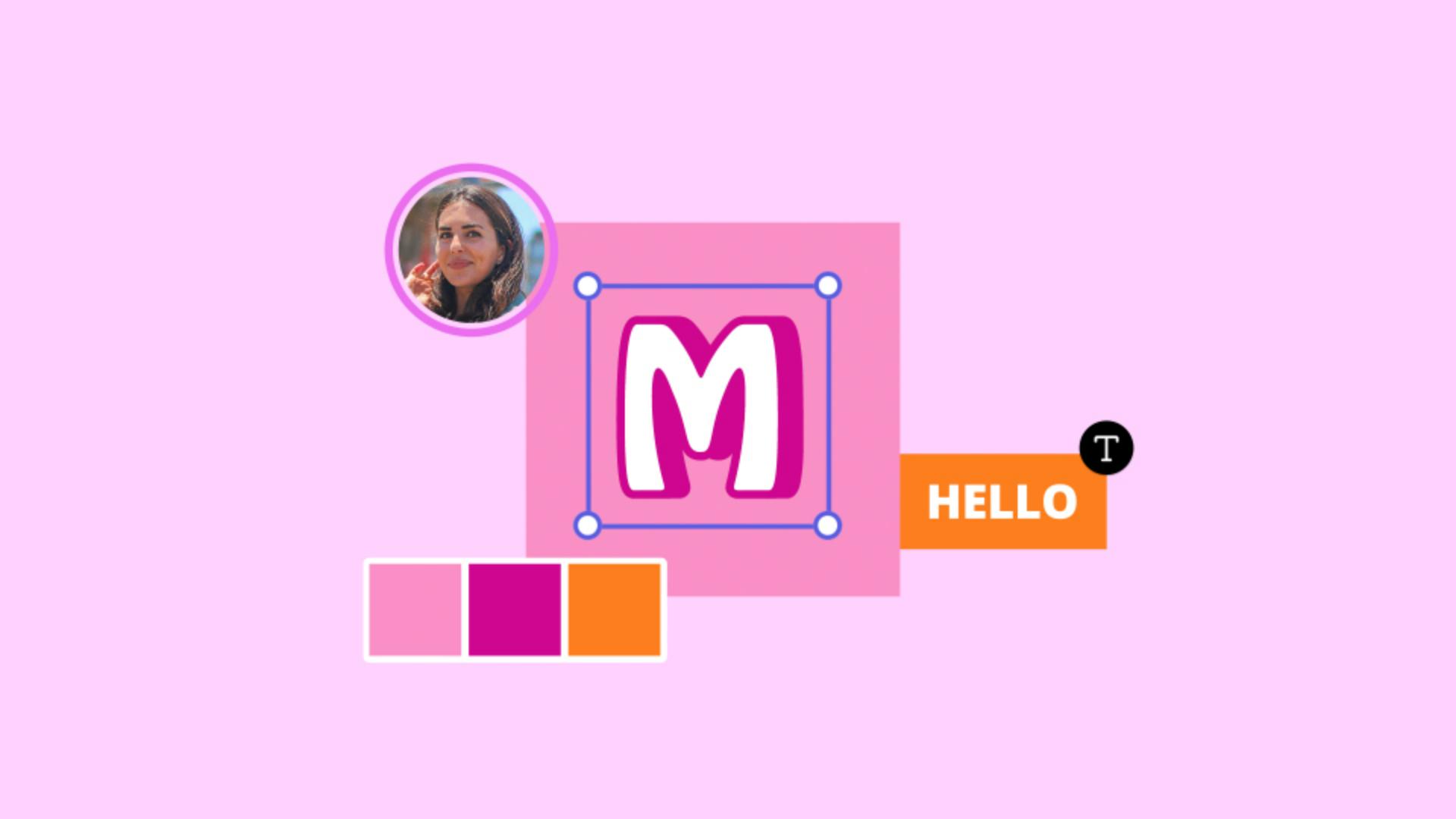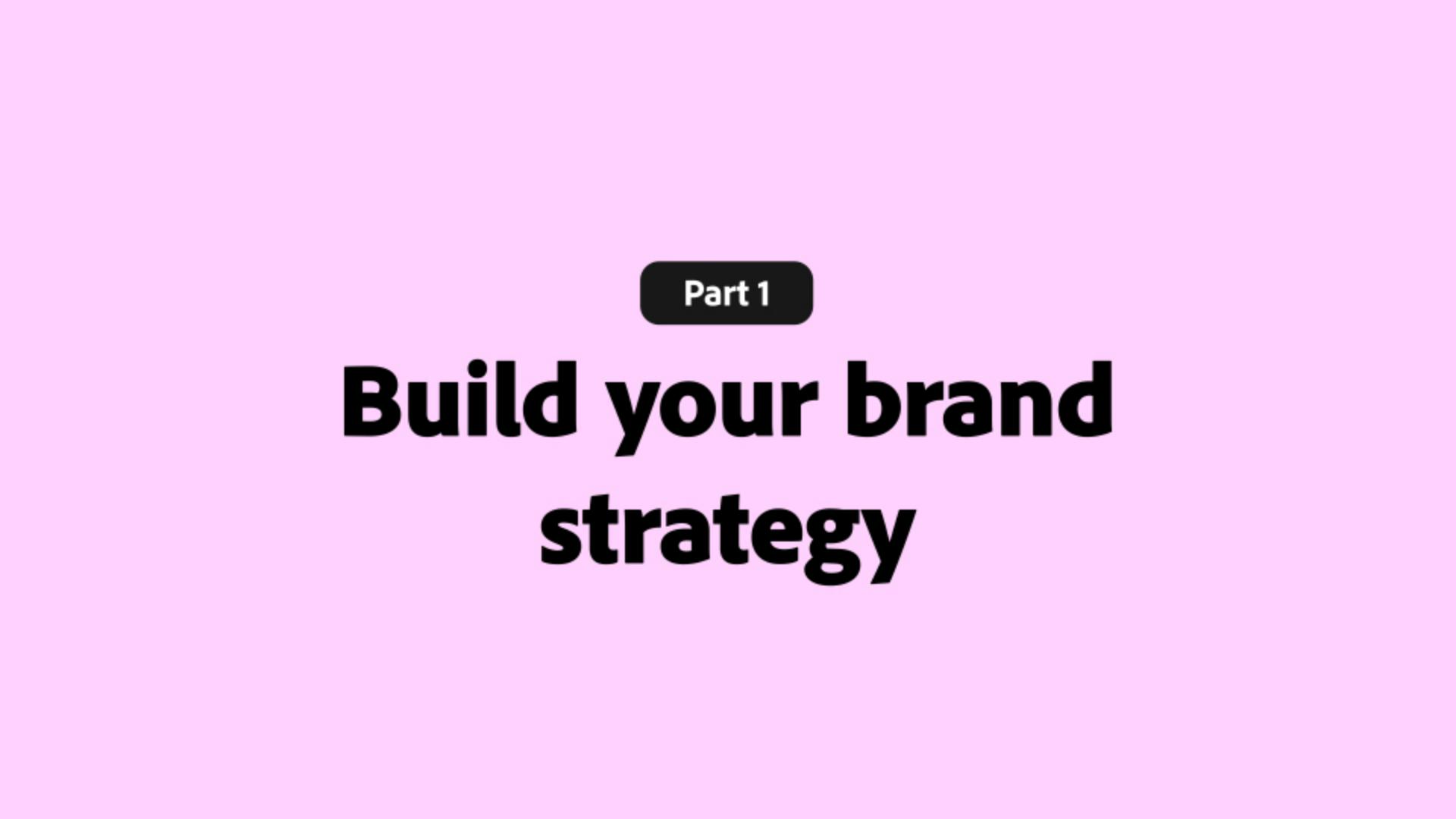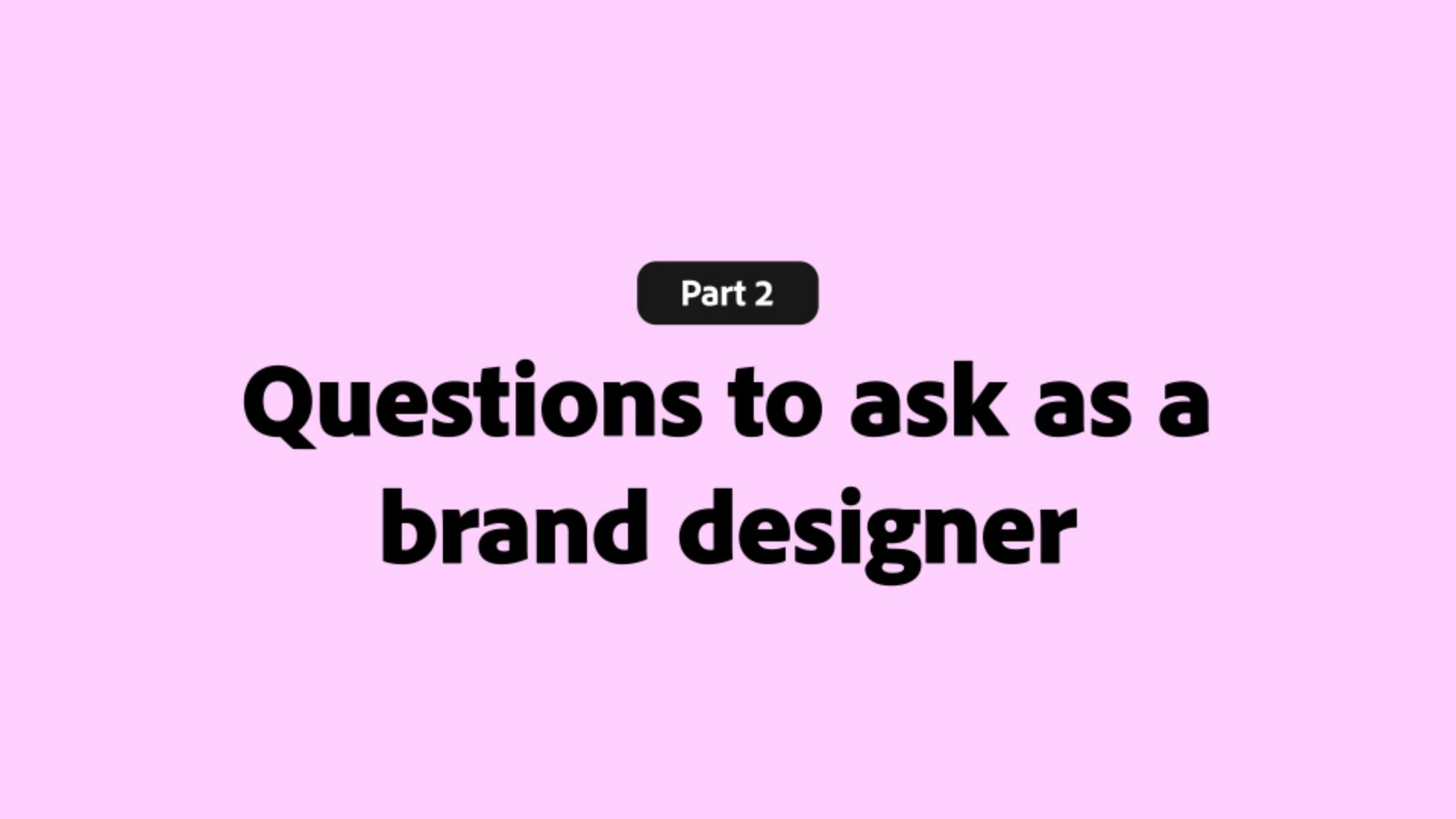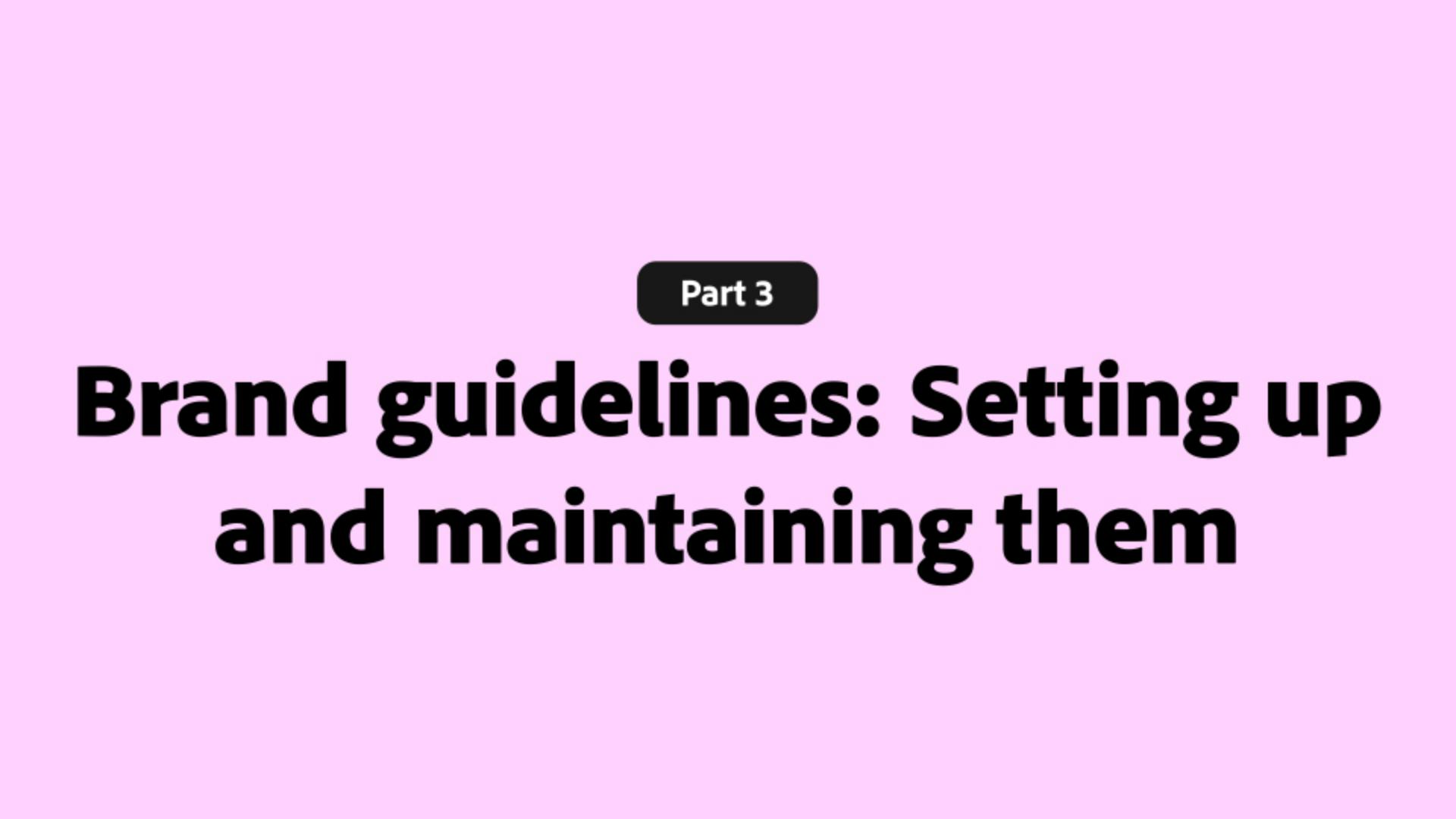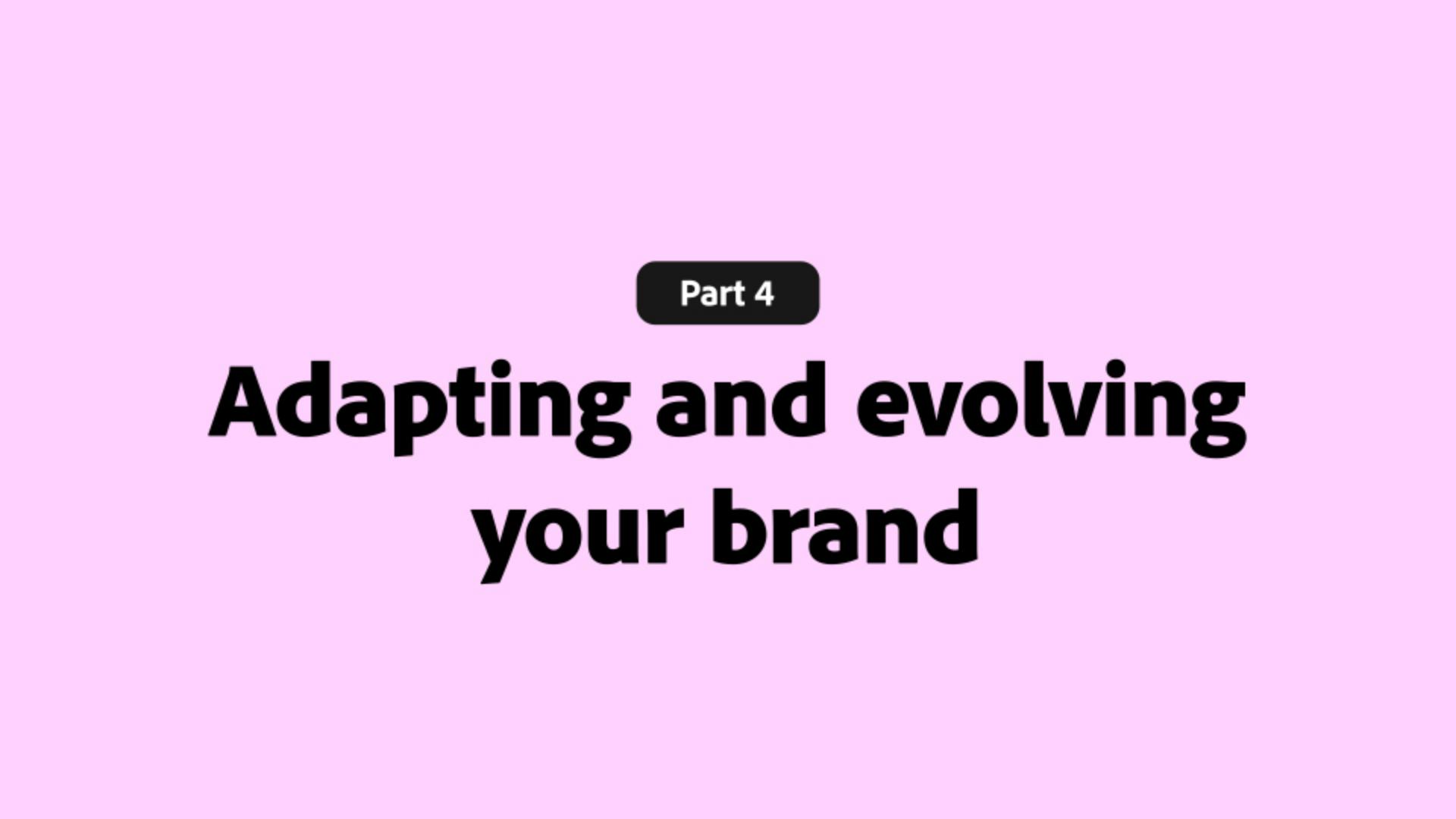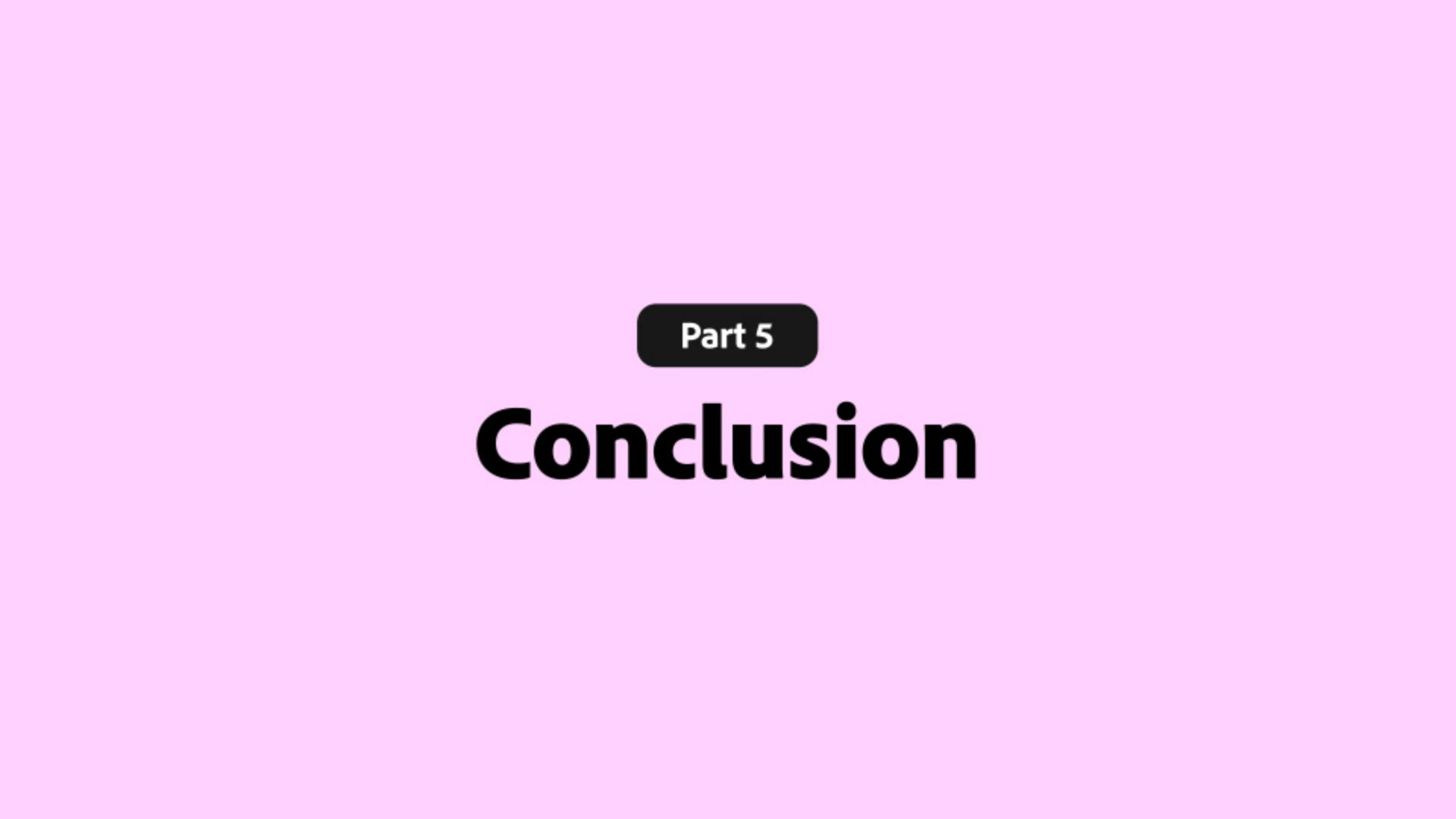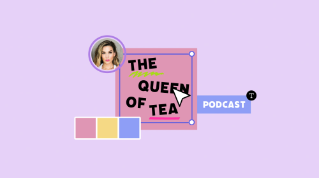TUTORIAL ARTICLE
Intermediate
12 min
The fundamentals of starting a brand
How to build a brand from strategy to aesthetic, and adapting when necessary.
Practice in the app
Introduction
What constitutes a brand and what is branding? Brand and branding is much more than a logo and colors. It’s also the visual representation of your business. In this course brand designer, small business owner, and digital nomad Ayelet Werner will teach us how to build a brand from the ground up.
Before we begin, let’s talk about what constitutes a brand…
A brand can be made up of many pieces, but for the purposes of this course, we’ll define a brand as the visual and verbal identity of your product or service. Brands can be comprised of colors, fonts, an eye catching logo– but overall, it’s the combination of things that set you apart and represents you.
Adobe Express makes it easier than ever to create a brand that you love and helps you stand out. Let’s get started!
Build your brand strategy
One of the first places to start when creating a brand, aside from coming up with the idea for the brand or business itself, is the strategy of how you’re going to bring your brand to life.
As a small business, there are some questions you should ask yourself in the beginning stages to help you define your brand. Once you have the answers to these questions everything falls into place a little easier:
Identify your business goal: Why are you starting this business? What are you hoping to achieve by starting your business?
Define your target audience: Who is the person that has this problem? What do you know about them? What are their hopes, dreams, pain points, needs, etc.? Use your audience as your razor, every piece of content you create is for them.
Plan your product offering: Will you be a service-based business and offer professional services like brand design or strategy, graphic design, fashion consulting, etc. or will you be a product-based businesses and sell goods like stickers, clothing, food, etc.?
There are so many more questions you could (and should) ask yourself when starting a brand, but since we’re focused on just the very basics of the graphic design side today, these questions should get you started.
Questions to ask as a brand designer
Now if you’re on the other side of the relationship, the designer building a brand for a client, you’ll want to ask your customers the same questions and more!
In the video Ayelet shows an example of a client questionnaire that you might send to your client to get additional details from them before you begin designing.
Pro tip: You can use this client questionnaire template even if you’re a small biz designing for yourself. You can find one designed with Ayelet and the Adobe Express team in the collection at the end of this article!
Brand guidelines: setting up and maintaining them
If you’ve done the work early on to consider your audience and where your brand will show up in the world, this will hopefully have set you up to establish a brand system that fits most your needs.
If you’ve hired a brand designer and strategist they’ll give you a brand guideline document to follow when they deliver the branded assets they’ve created for you. This will likely include brand colors, fonts, logos and how to use them. If you’re working on your own, you’ll probably want to set one up so you can easily follow it as you create for your brand.
Sticking to your brand guidelines and tone of voice is important to ensure you show up consistently online and in the world)Sticking to your brand guidelines and tone of voice will make you that much more likely to always appeal to your target demographic and audience.
Here are some of the key elements you’ll find in most brand guideline documents:
Tone of voice: Most brand guidelines will have recommendations on “tone of voice”. This is how your brand sounds; online, on social media, in emails, when answering customer’s questions, or responding to comments. It might even have notes on when / if you should use emojis and which ones.
Logos: Most brand guidelines will include the variations of logo versions and when to use which ones. Often you’ll see guidelines about sizing, spacing, and what color backgrounds to never put your logo(s) on.
Color palette: This one is pretty self-explanatory, but you need to know which colors you can use for your brand and this will tell you. Both primary and secondary colors are often defined in a brand guidelines doc.
Typography / fonts: Which fonts and when to use them.
Mood board: Sometimes a general “brand vibe” section will be included.
Adapting and evolving your brand
As your brand grows and the outside world does too, you may need to evolve and adapt your brand to change with it. Let's say a new social media platform pops up and you need updated brand assets to fit it, or you release a new product with different packaging– these are all things that may require evolution, adaptation, or change– and that’s okay! The most important thing is to stay consistent with changes and how you show up.
An easy way to do this is with Brands inside Adobe Express. When all else fails, here’s a little “cheat sheet”:
Stay consistent
Remember your values
Make sure your updates are thorough
Conclusion
To recap: We started with strategy, set up our brand guidelines, and talked about how to adapt and evolve as we go.
Remember:
Start with strategy: this is the foundation for your brand and once you have this, everything else falls into place a little easier. Do this by: identifying your business goal, defining your target audience, and planning your product offering.
Pro tip: use a new brand questionnaire to help you with this! Check out the template in the collection below.
Set up a brand guide and stick to it! Fill it with your colors, fonts, logos, mood board, and tips on speaking in your tone of voice so you can reference it any time you make anything for your business.
Use the Brands tool in Express to make content fast, but also so you can grow and evolve as your brand grows and evolves!
Practice in the app
February 26, 2024
